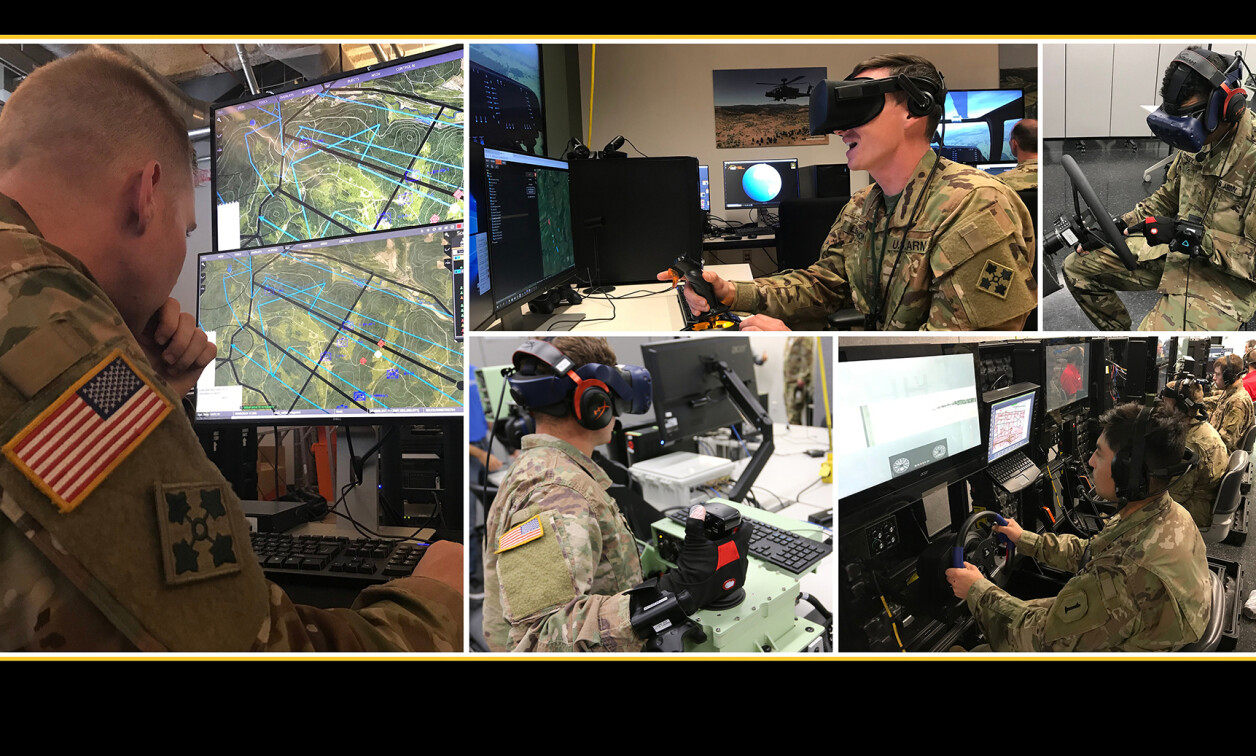Artificial Intelligence (AI) is everywhere now. It’s recommending what we eat, where we vacation, and even who we date (thanks, algorithmic Cupid). But when we hear the phrase General Dynamics Artificial Intelligence, it’s not about robots giving relationship advice. It’s about some very real, very high-tech stuff happening behind the scenes in national security, aerospace, and advanced research. Buckle up, we’re diving in!
What is General Dynamics, Anyway?
Before we throw AI into the mix, let’s get friendly with General Dynamics (GD). This isn’t your average Silicon Valley tech startup. Nope, GD is an American aerospace and defense powerhouse. Think of it as the quiet uncle at the family reunion who used to fly jets, build submarines, and might still work on top-secret stuff he can’t talk about.
Founded in 1952, GD has worked on everything from nuclear-powered submarines to Gulfstream business jets. But lately, it’s making waves in the AI space. Not just building cool hardware anymore, they’re teaching machines how to think. Scary? Cool? Let’s find out.
The AI Mission at General Dynamics
So what happens when defense contractors meet data scientists? You get AI systems that don’t just process info, but they adapt, learn, and even predict. General Dynamics is focusing on building intelligent systems for complex problem-solving across military, intelligence, and security applications.
Imagine a battlefield where drones coordinate like a wolf pack, each one making independent decisions based on real-time data. That’s not science fiction anymore. GD’s AI works across:
- Surveillance systems
- Tactical battlefield analysis
- Predictive maintenance for military hardware
- Cybersecurity automation
The Core: Advanced General Intelligence (AGI) vs Narrow AI
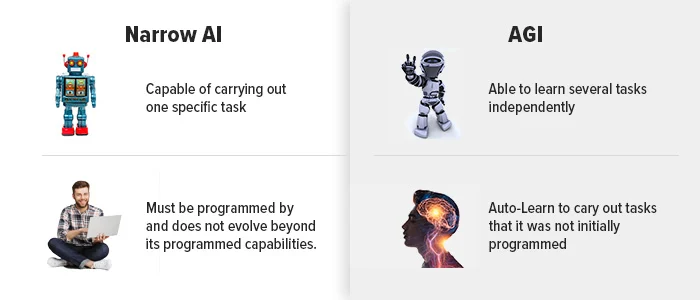
Let’s pause for a techie moment. Most AI you know (Siri, Alexa, Netflix suggestions) is called narrow AI. It’s good at one thing. But AGI Advanced General Intelligence aims to do what humans can do: reason, adapt, solve anything you throw at it.
Now, is General Dynamics building full AGI? Not yet. But their systems are increasingly capable of “multi-domain reasoning,” which is a fancy way of saying: “they’re getting smarter, and not just at one thing.”
Use Case: AI in Modern Warfare
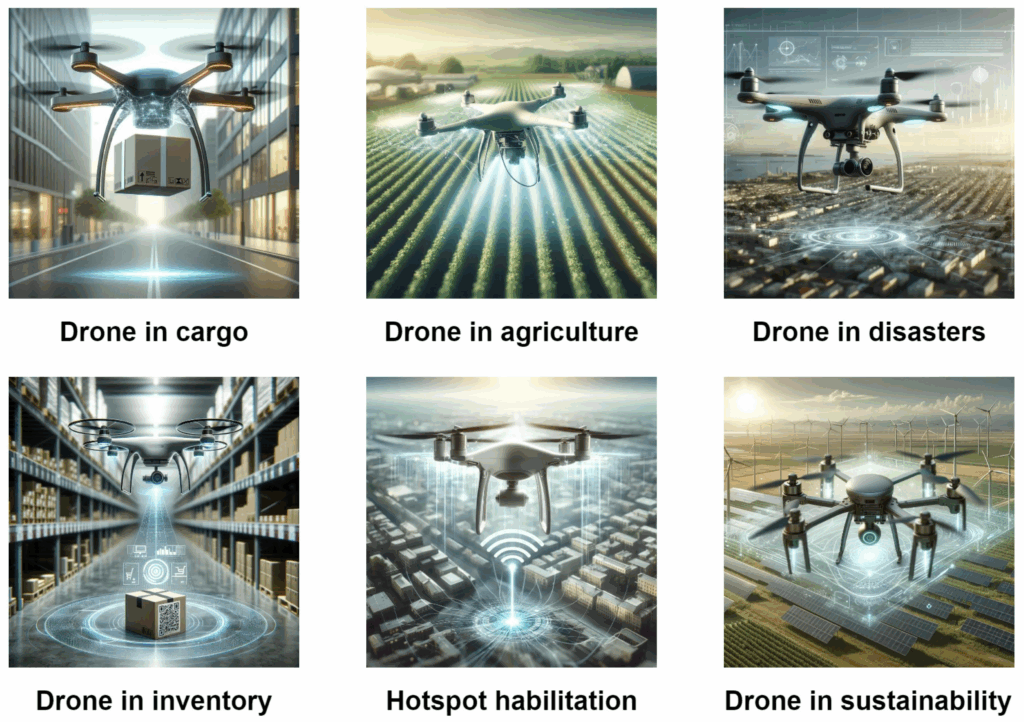
GD is integrating AI into battlefield environments where speed and precision are everything. Here’s an example:
Scenario: Enemy vehicle appears on radar.
- Traditional method: Human sees data, decides what it means, passes it to command, and maybe takes action.
- GD AI method: System instantly identifies the vehicle, predicts its path, notifies human commanders, and recommends response options in seconds.
Speed saves lives. Literally.
Secure Communication and AI
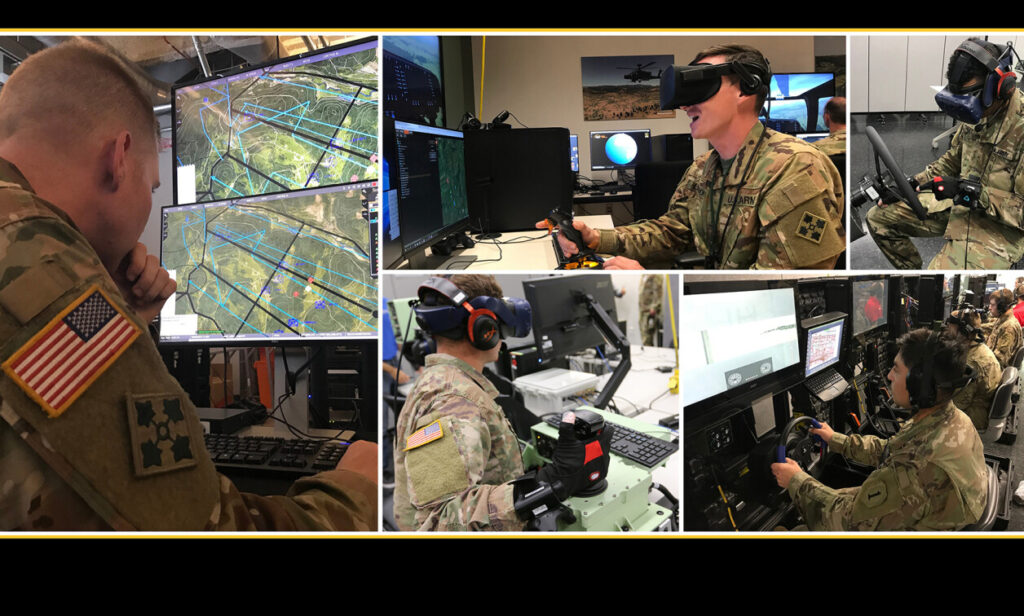
Another big arena? AI-driven communication encryption and analysis. If you’re thinking about messages in spy movies that self-destruct, think bigger. AI can:
- Decode enemy chatter faster
- Jam communications selectively
- Automate secure messages without human error
GD’s systems are being trained to detect anomalies, anticipate sabotage, and even correct signal weaknesses before they’re exploited.
AI + Cybersecurity: The New Front Line
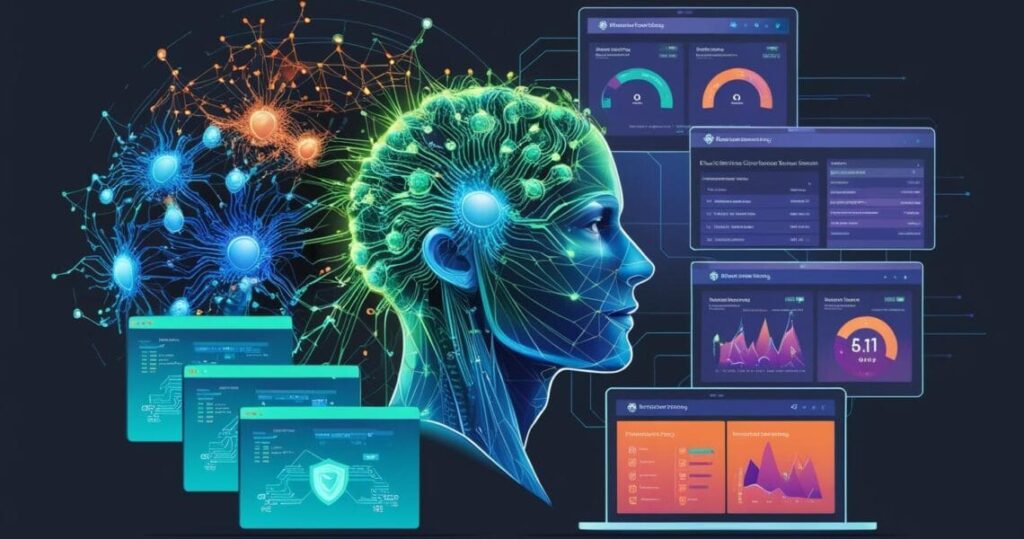
Cyber warfare is real, folks. And General Dynamics isn’t just building a digital shield, they’re building AI cyber ninjas that:
- Monitor network activity 24/7
- Identify and isolate threats autonomously
- Learn from previous attacks to protect future systems
In this arena, AI needs to be paranoid. That’s a good thing.
The Ethics of Military AI
Okay, time for a deep breath and a serious face. The phrase “AI in war” should always spark ethical conversations. GD, along with its research partners, is deeply involved in:
- Ensuring human oversight of AI systems
- Preventing autonomous weapons from making kill decisions
- Creating transparency in machine learning models
No rogue killer robots, please.
AI R&D: Collaboration and Open Innovation
Even though it’s a defense giant, GD isn’t going solo. They’re collaborating with:
- DARPA
- U.S. Department of Defense
- Universities
- Private-sector AI labs
Why? Because AGI needs the best brains from academia, the corporate, and the government. This team effort speeds up innovation, avoids redundancy, and keeps AI development accountable.
Real Products Using GD AI
You might not see GD AI in your next smartphone, but in the defense world, their systems are already doing heavy lifting. Here are a few examples:
- TAC-MAPS (Tactical Mapping and Analysis Platform): Think Google Maps for warfare.
- VADER (Vehicle and Data Engagement Recognition): Autonomous recon using multiple sensor inputs.
- C3Matrix: Communication, Command, Control Matrix that manages real-time decisions for forces.
These systems blend machine learning, sensor fusion, and real-time optimization.
Cost and Complexity of Building AI Defense Systems
Building AI for warfare isn’t like coding an app in your garage. Here’s a table to give you a rough idea:
| Feature | Estimated Cost | Timeline to Deploy |
|---|---|---|
| Basic AI Surveillance Integration | $10M–$50M | 6–18 months |
| Full Battlefield AI System | $100M+ | 2–5 years |
| R&D for Next-Gen AGI | $500M+ | Ongoing |
Yes, it’s expensive. But lives and national security are at stake.
The Future: Toward a Responsible AGI
GD isn’t trying to build an all-knowing, all-seeing Skynet. They’re focused on building responsible AGI systems with embedded human values. The roadmap includes:
- Explainable AI (XAI) so commanders understand why the machine did something
- Decision assurance modules
- Multilingual, cross-domain understanding for global operations
We’re not quite there yet, but we’re on the highway with some good guardrails.
Conclusion: Why General Dynamics Artificial Intelligence Matters
If AI is the brain of future technology, General Dynamics is helping wire it up with some serious security clearance. Their approach to general dynamics artificial intelligence is more than just automation it’s about crafting smarter, safer, and more ethical decision-making tools in high-stakes environments.
Whether it’s enhancing battlefield performance, tightening cyber defenses, or laying the groundwork for real AGI, GD is doing it with a calm, calculated determination. The kind you’d want in charge of the robots when things get real.
So, no, their AI won’t help you choose your next Netflix binge. But if it keeps the world safer, that’s a binge-worthy mission we can all support.
FAQs About General Dynamics Artificial Intelligence
1. Is General Dynamics creating AGI like in sci-fi movies?
Not exactly. They’re working on highly advanced systems, but full AGI like a sentient AI is still theoretical. Their focus is applied intelligence in defense and aerospace.
2. How does GD use AI in the military?
They use it for surveillance, tactical planning, communication encryption, cybersecurity, and battlefield decision-making support.
3. Are these systems ethical and safe?
Yes. General Dynamics emphasizes human oversight, transparency, and ethical frameworks in all its AI initiatives.
4. Does General Dynamics partner with other AI organizations?
Absolutely. They collaborate with government agencies, universities, and other AI research entities for innovation and safety.
5. Can civilians benefit from GD’s AI tech?
Indirectly, yes. While the AI itself is used in defense, spin-off technologies (like secure communication or machine learning innovations) may influence commercial products down the line.
